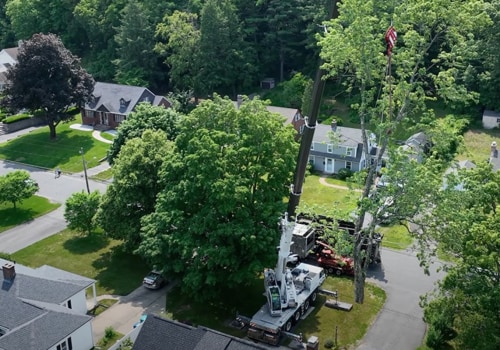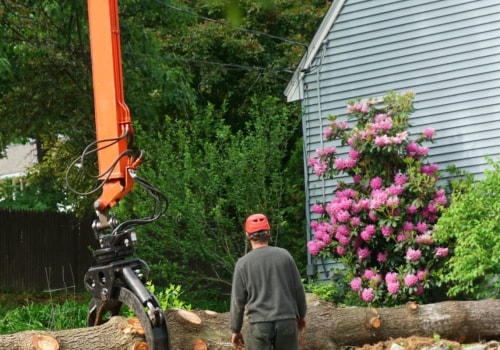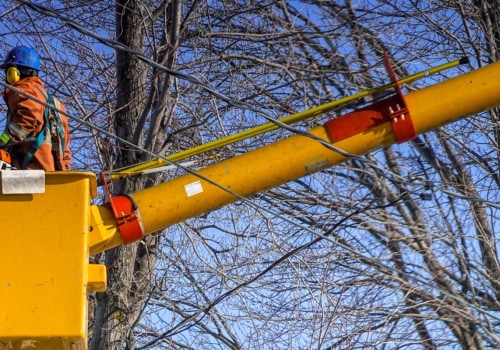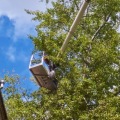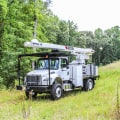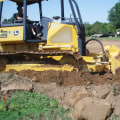Tree service operations can be hazardous, and it is essential that employers comply with the relevant regulations to ensure the safety of their staff and equipment. As an expert in the field of tree care and removal, I understand the importance of following safety regulations to protect workers and equipment. In this article, I will provide an overview of the hazards faced by those involved in tree care and removal operations, as well as the applicable regulations that address those hazards. I will also discuss when a subpoena under the General Duty Clause may be appropriate.
When it comes to climbing, relocating, and performing lifting work on trees, employers must comply with the requirements of 29 CFR § 1910.140. If compliance with this regulation raises potential feasibility issues, employers should contact the Compliance Programs Directorate of the OSHA National Office to determine appropriate compliance options. Portable ladders must also comply with the OSHA Walking and Working Surface Standard (29 CFR § 1910, Subpart D). CSHOs must assess whether employers have complied with this subpart when workers are exposed to fall hazards.
Workers can be electrocuted if their tools or equipment come into contact with an energized power line. To prevent this, employers must ensure that their staff are aware of the risks and take appropriate precautions. In addition, employers must comply with the occupational noise exposure standard (29 CFR § 1910.95 (b) ()). This requires the use of “feasible administrative or engineering controls” to address noise risks and the use of PPE if administrative and engineering controls “fail to reduce sound levels within the levels specified in the standard”.
Employers must also administer a continuous and effective hearing conservation program if employee noise exposure equals or exceeds an 8-hour time-weighted average (TWA) of 8 hours of 85 dBA or a dosage of fifty percent (29 CFR § 1910.95 (c)). Aerial lifts can be used to position employees in accordance with 29 CFR § 1910.67, lifting and rotating work platforms mounted on vehicles. However, climbing rotting or damaged trees can be dangerous, so employers should assess whether climbing is safe before allowing their staff to do so. If it is impossible to use an aerial device and if climbing is not safe, staff platforms that comply with 29 CFR § 1926,1431 can be suspended for crane personnel.
Finally, employers must ensure that their portable power tools and other portable equipment are in good condition and comply with 29 CFR § 1910, Subpart P and 29 CFR § 1910.269 (r). This includes ensuring that chainsaws are equipped with a constant pressure accelerator control that interrupts the power supply to the saw chain when pressure is released, broken saws are removed from service, portable power tools meet electrical requirements of 29 CFR § 1910, subpart S, and operations with gasoline-powered chainsaws meet the requirements of 29 CFR § 1910.266 (e). The provisions on felling trees with free line space in 29 CFR § 1910.269 (r) also contain requirements for weed chippers, sprayers and related equipment. It is essential for employers to understand these regulations in order to ensure a safe working environment for their staff and maintain their tree service equipment properly. By following these regulations, employers can protect their workers from potential hazards while also ensuring that their equipment is in good condition.
